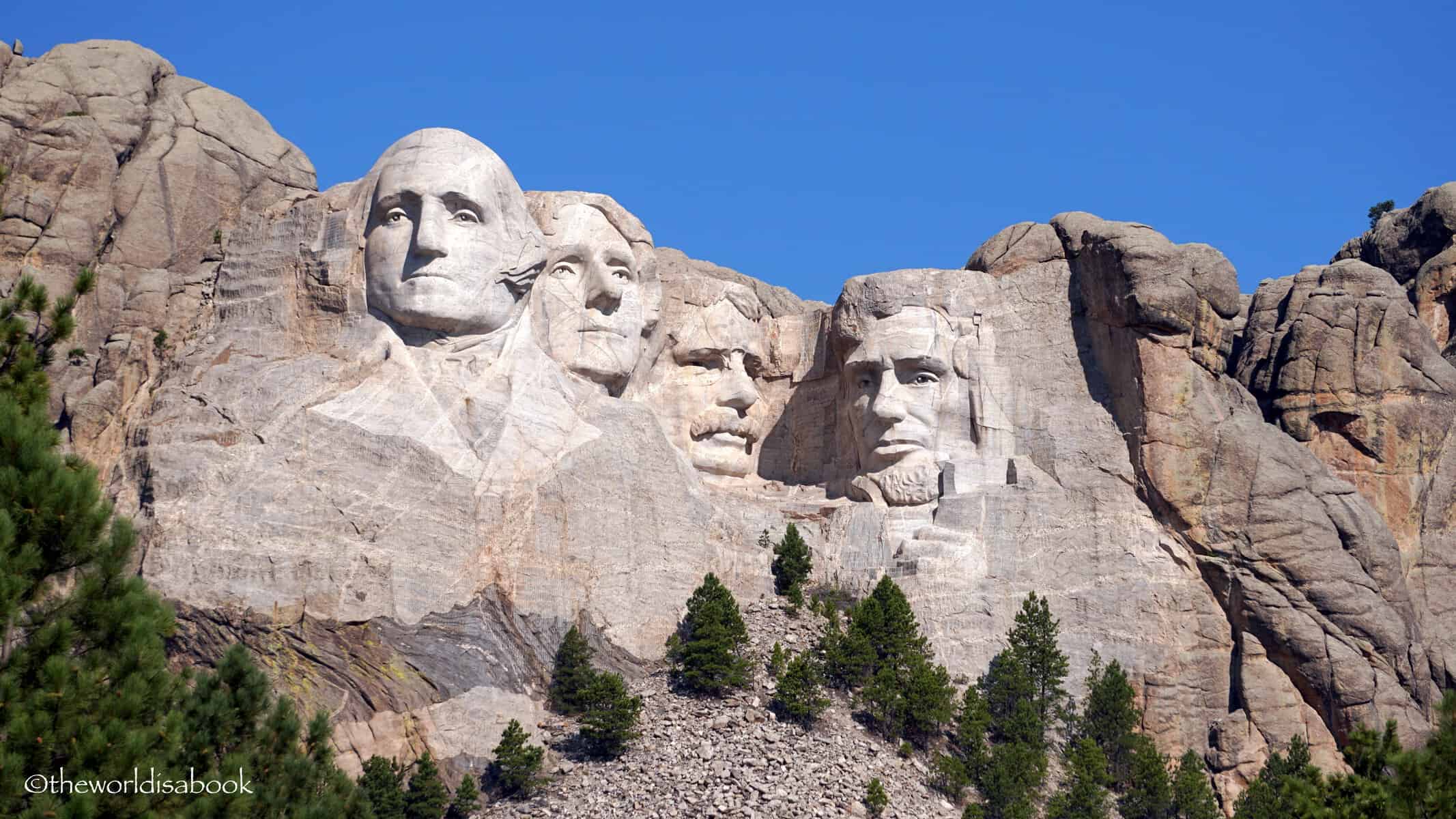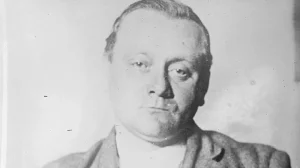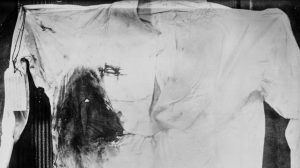And now, for something a little different.
Theodore Roosevelt is one of my favorite American presidents. I always respected his resilience and toughness—two qualities that were critical to his successful life.
He needed both.
When Roosevelt was young, he suffered from severe asthma, and as a result, he was weak, frail, timid, and often bullied by other boys.
However, following a trip with his father to the Alps, the young Roosevelt learned that the exertion of mountain climbing and hiking actually lessened the effects of his debilitating asthma.
It was a trip that changed his life and from that time on he dedicated himself to the exercise of his body. He developed a passion for boxing, which he competed in while at Harvard. He added wrestling and judo to his corporal regimen and turned himself into a mixed martial arts specialist a century before the creation of the MMA.
But there was one incident about Teddy Roosevelt that I find almost unbelievable and which few people may know.
I will get to that story later, so bear with me.
First I want to share some background about Roosevelt in order to provide you with some critical context. His accomplishments are legendary. Not only was he a two-term president (1901-1909), he won the Nobel Peace Prize for his negotiations to end the 1904-1905 Russo-Japanese War, and led his “Rough Riders” up Cuba’s San Juan Hill during the Spanish-American War.
In 1903 he helped Panama secede from Colombia in order to facilitate the beginning of construction on the Panama Canal—a fact he always claimed was his greatest accomplishment as president.

Roosevelt was both a New York aristocrat and a South Dakota Badlands cowboy. He was also a legislator, commissioner, navy secretary, governor, vice president, and trust-buster. Even though he was known as a big-game hunter, he was also an avid conservationist. He created the U.S. Forest Service and set aside 200 million acres for national parks, game preserves, national forests, bird sanctuaries, and national monuments.
He was also a fervent patriot who loved America and would never have countenanced the disgraceful destruction of the country we are seeing at the hands of the current administration.
What a ton of accomplishments! That’s why I was appalled to see statues of Roosevelt attacked and ripped down during riots in the summer of 2020. It was even more disgusting when public officials caved to the ignorant mob and removed other Roosevelt statues without justification.
There is little doubt that none of these weak-minded and wimpy individuals could have held a candle to Teddy Roosevelt the man when he was alive, so they attacked him and his many likenesses posthumously.
Now, there’s a display of 21st century “courage,” right?
Conceivably the darkest day in Theodore Roosevelt’s life came at a relatively young age. In 1884, Roosevelt was 26 years old and serving in the New York state legislature. Just two days before, his wife, Alice Hathaway Lee, whom Roosevelt had married on his 22nd birthday, had given birth to a daughter, Alice Lee Roosevelt.
Two days later, on February 14, 1884, Roosevelt was called home from the legislature to discover that his mother had died of typhoid fever. If that weren’t enough, eleven hours later in the same house, Roosevelt’s wife died of an undiagnosed kidney failure that her pregnancy had hidden.
Roosevelt was devastated at losing his mother and wife within hours of each other. The page for that day in his diary contains merely a big “X” and then the words, “The light has gone out of my life.”
Roosevelt eventually overcame those tragedies as he did other misfortunes and disappointments in his life.
There is a reason Roosevelt is one of four presidents depicted on South Dakota’s Mount Rushmore, along with Washington, Jefferson, and Lincoln.

During his life, he demonstrated both physical and intellectual courage—something I would wager none of his 21st-century detractors possess.
Speaking of courage, here is that little-known story that demonstrates Roosevelt’s physical and emotional pluck and mettle.
During the 1912 presidential campaign, 53-year-old Roosevelt was running as a third-party candidate for the Progressive Party, also known as the Bull Moose Party.
He was in Milwaukee, Wisconsin on the evening of October 14 to make a campaign speech to his supporters at the Milwaukee Auditorium. While waving to the crowds from his open-air car on his way from his hotel, a single gunshot from five feet away rang out.
As soon as the shot was fired, Roosevelt’s stenographer managed to grab the assailant and disarm him before he could fire another shot. The crowd began calling for the lynching of the would-be assassin, but Roosevelt, even with a bullet in his chest, was calmer. He told the mob not to hurt the man who had shot him and to bring him forward. When Roosevelt asked the man why he had shot him, the shooter didn’t reply. Roosevelt then had the man turned over to the police.
The shooter was a man named John Schrank, a 36-year-old bar owner from New York City who had been stalking Roosevelt on the campaign trail for weeks, following him from New Orleans up to Wisconsin before getting close enough to take his shot.

In Schrank’s pocket was a note on which he had scribbled a paranoid screed explaining that in a dream a zombie told him to kill Roosevelt. Schrank was found at trial to be mentally ill and was subsequently confined for life to a Wisconsin state asylum. Roosevelt, meanwhile, proceeded to Milwaukee Auditorium with a bullet in his chest. He had a speech to deliver.

Roosevelt knew from the lack of blood that the bullet had not hit his lung. So he decided to give his speech instead of going to the hospital. Luckily, Roosevelt had planned to give a lengthy speech, and that was what saved his life. The bullet, which had been on a collision course with Roosevelt’s heart, had instead penetrated a folded up 50-page speech and a steel glasses case before leaving a dime-sized hole next to Roosevelt’s ribs.
When Roosevelt ascended to the stage, he said to the hushed crowd, “I don’t know whether you fully understand that I have just been shot.”
He then opened his coat to reveal his blood-stained shirt, pulled out his bullet-riddled speech, and then delivered perhaps the most indomitable line in presidential history: “It takes more than that to kill a bull moose.”

Roosevelt went on to deliver a 90-minute speech. Toward the end, his voice weakened and became more difficult for him to breathe, but every time his staff attempted to take him off stage, he scowled at them until they relented.
He only agreed to go to the hospital once he had finished the entire speech. The bullet stayed in Roosevelt’s chest for the rest of his life, and he finished second in the election, the best-ever showing for a third-party candidate in American history.
Now, raise your hands if you have ever heard that story.
I count just a few.
It’s stories like that which make the study of history fascinating and educational and why I enjoy writing historical fiction—which is a blend of fact and fiction that I call “faction.”


Also, we can thank Teddy’s legacy for what is possibly the English language’s best known palindrome—A man, a plan, a canal – Panama! But the modern-day Vandals have no appreciation of such greatness.
Thanks. J.C. A man, a plan, a canal. Excellent. I had forgotten about that little ditty.
I never heard that story. Roosevelt is a hero of mine and you are right about how he would react to this administration. Great post, Ron
Thanks, John. Can you imagine having someone like Roosevelt in the White House today? Instead, we have a gutless, bumbling mental midget who can barely remember his own name.